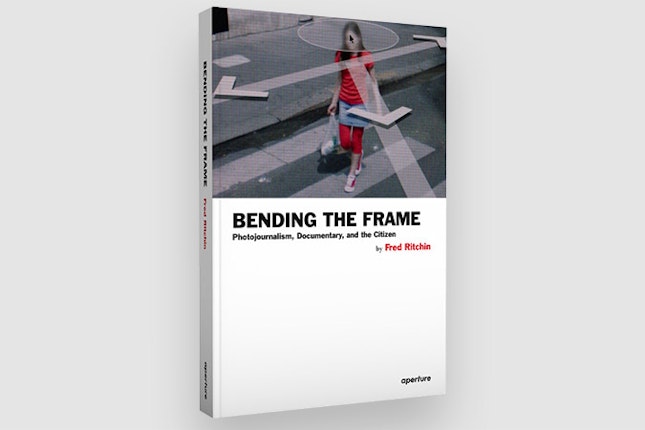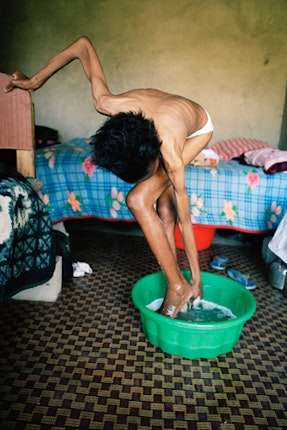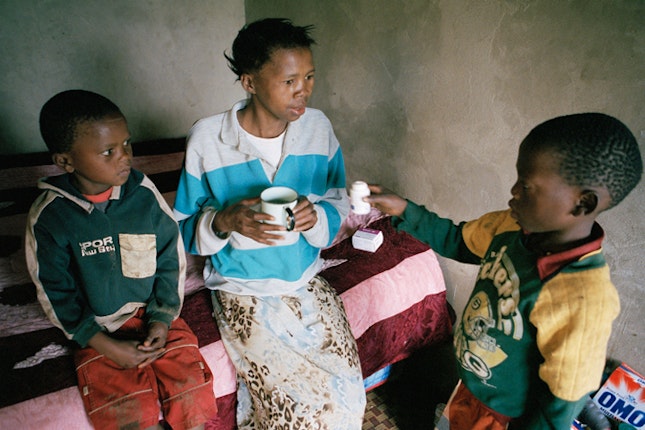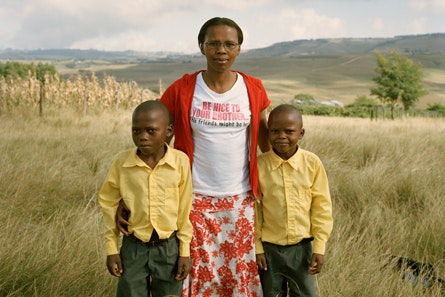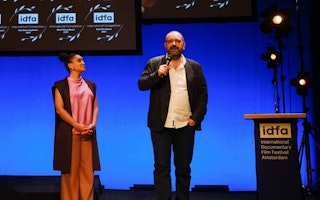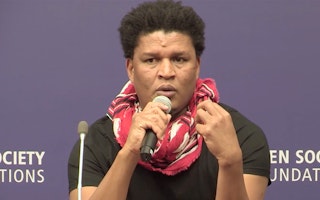Rethinking Visual Media in the Digital Age: An Interview with Fred Ritchin
By Annick Shen & Fred Ritchin
Fred Ritchin’s new book, Bending the Frame, supported by the Open Society Documentary Photography Project, addresses transformation in photojournalism and documentary photography while challenging readers to think critically about our current visual media landscape. We asked Fred to tell us more about his book and his hopes for contemporary photography.
Who is Bending the Frame intended for and why?
I wrote this book for a wide audience to discuss visual literacy and the politics surrounding the making of imagery. The use and misuse of photos is a societal problem affecting all of us. And if people are trying to use imagery to change society, it is necessary to understand that what worked with images in the past (the Vietnam War, the Civil Rights movement) may not work today.
In your book, you provide examples of projects that work to advance the field of photojournalism. For you, which stand out best?
I am most interested in documentary projects that attempt to be useful in society, rather than simply to make a news splash. These projects often work proactively, trying to ward off the horror rather than waiting to get spectacular images of tragic events.
South Africa–born Gideon Mendel’s long-term work photographing the HIV epidemic in his native country is one such proactive project. This extensive body of work convinced organizations of the tremendous usefulness that anti-retrovirals can have on HIV-positive people over an extended period of time. Rather than solely making gut-wrenching images of emaciated, very ill people, Mendel continued to photograph in hopes of capturing people’s return to health. Annemarie Hou, the director of communications at UNAIDS, said, “While devastation ‘sells’ it can become a spiral to continue to only show despair. Gideon has been able get people to respond to what is actually happening good and bad. His stories then are shared over and over to help show what is possible.” Hou credits his work with helping UNAIDS reach eight million people who, because of it, are on treatment today.
Magnum Photos continued in this spirit with a group project called Access to Life, which focused on HIV-positive people in countries around the world receiving anti-retroviral treatment. They collaborated with the Global Fund to fight AIDS, Tuberculosis and Malaria. Access to Life (book, traveling exhibition, and website) directly led to raising one billion dollars for the Global Fund’s work. This project—specifically aimed at donor governments—potentially helped enormous numbers of people. Both projects did more than just document the devastation of AIDS. They genuinely helped to do something about it.
Why is visual literacy more important now than ever before?
Considering the impact of imagery on the world (every two minutes the same number of photographs are said to be made as in the entire 19th century) everyone needs to be media literate—otherwise one is overwhelmed. As the common “front page” reporting on global events disappears that used to filter a hierarchy of issues and stories, we need help to weed through and understand what we are seeing. Bending the Frame poses what I think are quite important questions in order to foster a dialogue about visual literacy such as: Why are there no iconic images from Afghanistan, America’s longest war? What does that say about the change in image culture? What images would be helpful in addressing climate change? Or gun control? Only when we begin to address these questions will the fields of photojournalism and documentary photography move forward.
On Tuesday, June 4, at 6:30 p.m., there will be a talk and book signing for Bending the Frame at Aperture Gallery.
Until January 2015, Annick Shen was the senior communications coordinator for photography at the Open Society Foundations and photo editor for the Documentary Photography Project.
Fred Ritchin is director and cofounder of PixelPress and the author of Bending the Frame.
